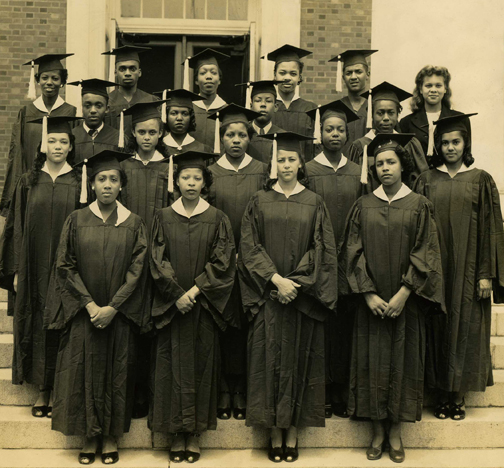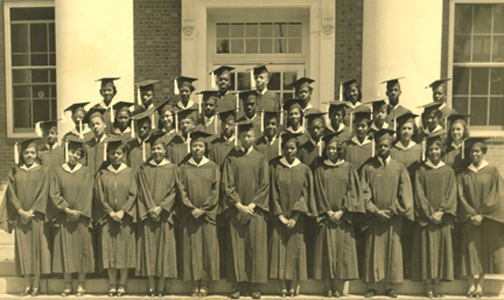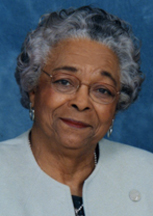

Curricular Experimentation “The task of the Secondary School Study was to find means |
|||||||||||
 Dorothy T. Burhanan |
|
||||||||||
from Secondary School Study documents: "One dimension of curricular planning that permeated the Secondary School Study was the effort to correlate the traditional subjects into a core curriculum, i.e., to draw out connections among the individual subjects as they were taught in their respective classes. The content was decided through a combination of teacher-pupil planning and teachers’ analysis of students’ needs and interests. While the 'project method,' a common progressive education instructional practice of the time, was employed in many classrooms, the curriculum still remained focused upon academic knowledge."
"In a few instances, the relationship between the various subject areas in the school has been modified. D. Webster Davis is exploring the possibilities of recognizing and exploiting the natural relationships between the various subject-areas by means of some type of core program. Any statement from the staff of the Study relative to the validity of any one of these widely different core approaches would be premature. A program which is valid for one school is not necessarily valid for other schools." |
|||||||||||
"The D. Webster Davis High School faculty is a small one. It operates entirely on a basis of need. To clarify the above statement: If some member of the faculty, the principal, a student, parent, or college teacher sees a need for a change in policy the organization of a new activity, the reorganization of the curriculum or any other change affecting a majority of the students, the facts are brought before our full-time faculty. The faculty gets in on the problem from the 'ground-floor' up and takes its position on the basis of the importance, urgency, the seriousness of the situation presented. There is little need for a great deal of motivation, no need for administrative pressure, and no need for constant pep talks. The understanding and approval of the need for the solution of the problem is the main stimulus to action. This is what we mean when we say the faculty operates on the basis of need. |
|||||||||||
The historical mission of black education at the secondary school level is often described as the tension between a college preparatory course of study and a more occupational-vocational curriculum, a false dichotomy established by the emblematic beliefs of W. E. B. Du Bois and Booker T. Washington. Participating Secondary School Study sites often configured their curricula to bring together all students and to permit the core courses to serve as an occasion to define community. Specialized courses allowed students to pursue specific academic and vocational interests, yet the core courses brought all the students together in homogenous groupings. |
|||||||||||
|
“Some boys took academics in the morning and in the afternoon they would go to the trade school which was run by the college. The high school students could select whether they wished to go into trades and others stay with academics. Students were not tracked.” |
||||||||||

an institutional member of the International Coalition of Sites of Conscience
Museumofed@gmail.com



